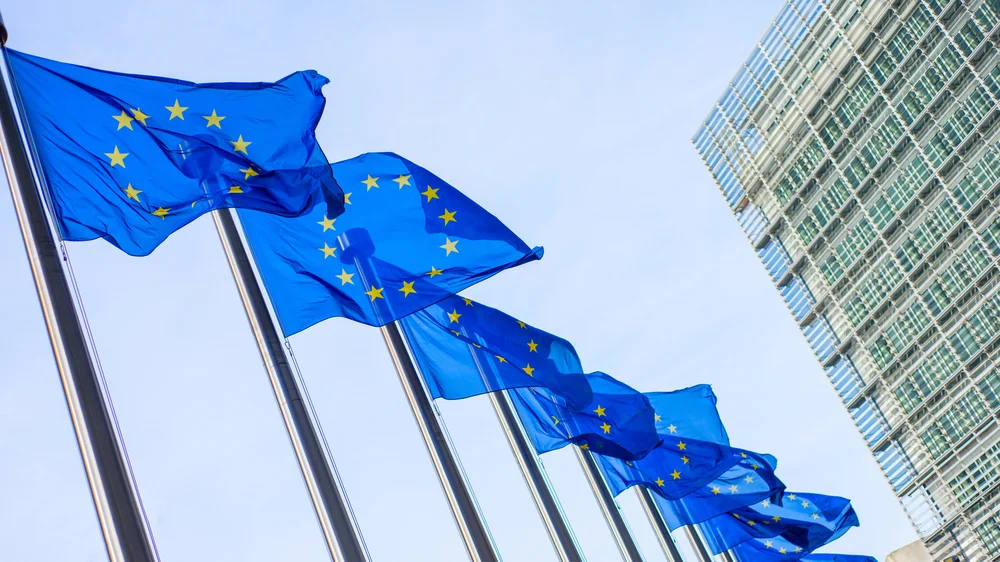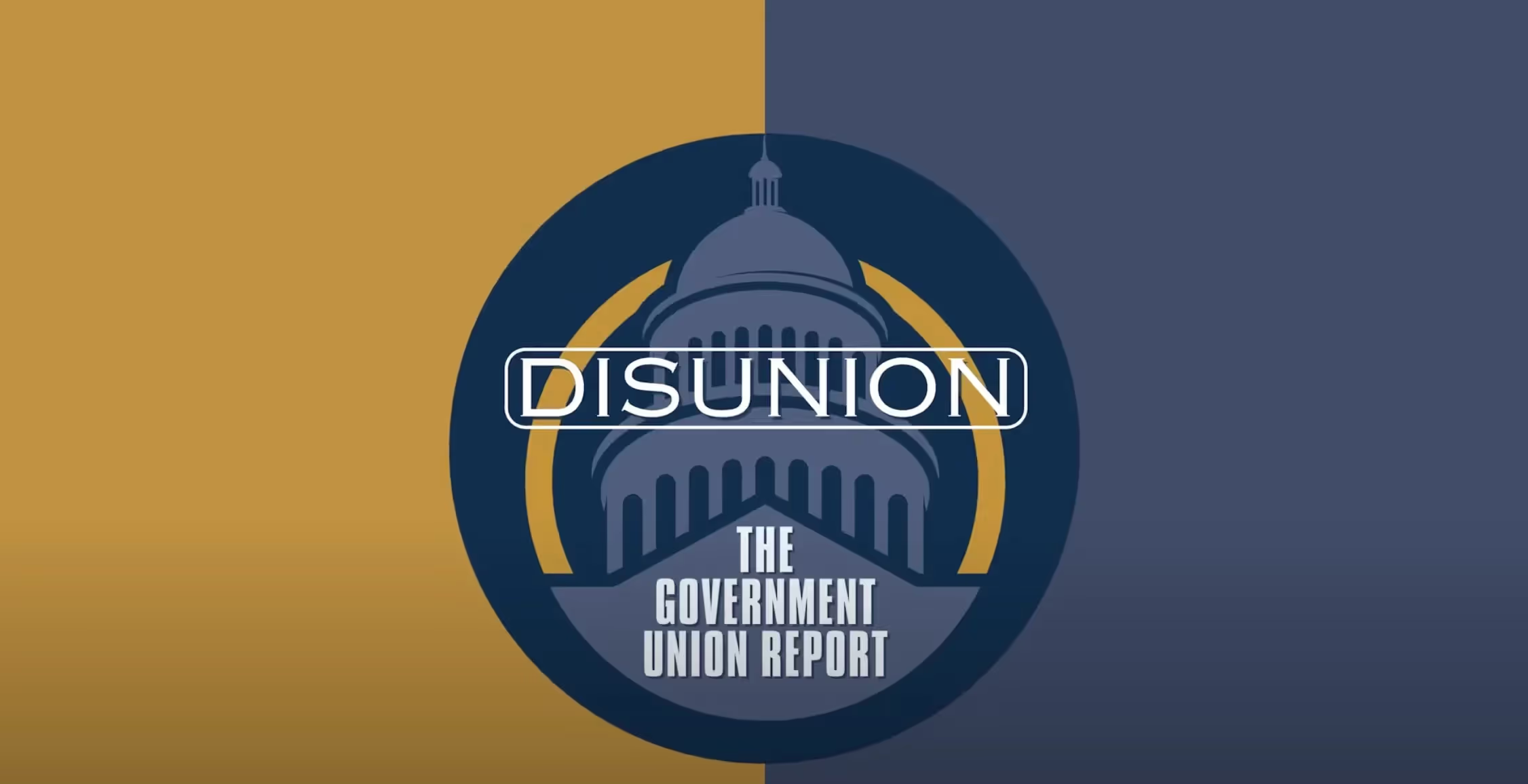
Google Under Fire
Google has lost two major antitrust cases, but the wrongs are ill-defined, and the potential harsh remedies are counterproductive.
In this past year, Google showed its legal vulnerabilities by losing two major antitrust cases, first in 2024 and then in 2025, dealing with two of its key market segments: search engines and advertising technology. In the search engine case, Judge Amit Mehta accepted the government’s argument that Google could only maintain its monopoly over search devices through various dubious operating and acquisition practices. But since Google had started from nothing, none of its initial moves could have been driven by clever monopolization tactics, but instead by its superior technology, which no one thinks is an antitrust offense. When, therefore, did its monopoly maintenance program begin? And how did it supplant or displace its earlier technical prowess?
The government’s Google search case also pays virtually no attention to the benefits that Google provides to consumers on the market side: a free search engine, the Chrome browser, email, maps, documents, translations, and more. Will the judicial effort to aid Google’s direct competitors in the search market compromise the welfare of its consumers, who clearly like this suite of free services? As Judge Mehta noted, with its innovation in search, Google “offered a unique opportunity for advertisers to place digital ads that matched precisely what an Internet user was looking for at that moment.” Did the efficiency gains somehow disappear thereafter? Did it become illegal?
Furthermore, is Judge Mehta on solid ground when observing that behavioral economics teaches that sticky defaults are powerful? But this observation can easily be read to establish that consumers will incur substantial costs to learn any new system, which, if the behavioral insights hold true, will then enjoy its own unfair advantage with its newly-embedded default preference. Indeed, is it wise to limit any default preference on Apple, without asking whether that firm can continue its operations if it loses a multi-billion-dollar placement fee from Google for becoming the default browser? How do these treacherous crosscurrents influence the larger ecosystem both companies are a part of?
In the advertising Case, Judge Leonie Brinkema held that “Google has violated Section 2 of the Sherman Act by willfully acquiring and maintaining monopoly power in the open-web display publisher ad server market and the open-web display ad exchange market, and has unlawfully tied its publisher ad server (DFP [DoubleClick for Publishers]) and ad exchange (AdX) in violation of Sections 1 and 2 of the Sherman Act.” These specific markets involve independent publishers, e.g., blogs and newspaper sites on the open web, which anyone online can access. There are, of course, other less specialized portals, so that the key question is whether the District Court is correct without saying how this market dominance was acquired, and whether, today, there are no close substitutes, not only from existing technologies but also innovations, which will be rapidly drawn to this space if Google continues to extract supercompetitive profits.
There is a further inquiry whether having this concentrated portal eases search costs for many Google customers, which may be an efficiency advantage of the status quo. It is common knowledge that there is no competitive operating solution in many network industries, but only a competition to gain the dominant position, which gives all its users greater connectivity. This point, among others, was debated extensively in Ohio v. American Express (2018) a highly contentious case that insists that, at least with credit cards, the market is two-sided, with each side, consumers and retailers, so heavily dependent on each other that the optimal result depends on cross subsidies through a platform intermediary. Judge Brinkema rejected this theory as applied to Google, but if credit card cases are rendered applicable here, it would undercut her basic approach of looking at each side of the market in isolation.
The government and its allies now seek, in the second upcoming stage, to determine the remedy for the violations in both cases. Even in the best of all situations, the choice of remedy is always more difficult than finding liability. Thus, in ordinary tort and contract cases, which are far simpler than these two cases, there are different measures of damages and other types of structural remedies, including specific performance, injunctions, reorganizations, breakups, or liquidations. In deciding which set of remedies to invoke, there is a gnawing fear that the remedies chosen will be either too lax or overly intrusive. None of these complications disappears in the shift from million-dollar to trillion-dollar businesses.
To frame the question more sharply, several antitrust maxims are commonly invoked with mixed effects in hard cases. It is repeatedly said that the antitrust law protects competition, the process, and not the particular competitor. In United States v. Grinnell (1966), the Supreme Court said that “[t]he offense of monopolization requires proof of two elements: ‘(1) the possession of monopoly power in the relevant market and (2) the willful acquisition or maintenance of that power as distinguished from growth or development as a consequence of a superior product, business acumen, or historic accident,’” without explaining how to sort out matters when both elements are present in uncertain proportions in any given case. Finally, as a general matter, it is usually better for the government when it prevails on the question of liability to seek a remedy restricted to sorting the practices into its various components, without redoing a part of the business that did not benefit from any illegal conduct. That narrow focus implies that it is generally unwise to seek a so-called structural remedy that aims to break up the entire business into its separate units. This move carries the real danger of upsetting the efficiency of integrated systems that neither the government nor the courts understand. That more modest position ultimately prevailed in the United States v. Microsoft (2001), which did not lead, as I argued in 2007, to an entirely happy outcome in the remedial stage. Thus, one of the remedial provisions imposed below by Judge Colleen Kollar-Kotelly, required that Microsoft run its various product improvements past IBM before incorporating them into its new products. This imposed crippling limitations on Microsoft’s ability to innovate, reminding us of the potentially anticompetitive effects that can be introduced at the remedial stage of a case.
Indeed, one obvious warning sign in the two Google cases is the relative inattention to the efficiency advantages of the existing practices. Thus one illustration of the complexities is that before 2019, Google had introduced a suspect “First Look,” bidding system that gave Google a first refusal right for each impression—an industry term for “each opportunity for a publisher to place a given ad in a given ad space in front of a given user at a given time.” But was its elimination a function of consumer resistance or the threat of antitrust liability? And once it is gone, why should its prior use figure into any solution going forward? Google also acquired a firm called Admeld, including its device, which increased the efficiency of its sell-side tools, which is an efficiency advantage, but did not allow access to this feature to its direct competitor. Yet if it had developed that technology internally, it would not have had a duty to share its advance royalty-free with its competitors.
At this point warning bells of excessive meddling should go off when the government asks that Google divest itself of Chrome; no longer make side-payments to the likes of Apple and Mozilla to get preferential placement on their browsers; separate the Android smartphone operating system from the rest of its operations; and to supply valuable data for ten years (an eternity) to its competitor Microsoft’s Bing search engine, which has lagged, even though it is backed by one of the few companies that has the same muscle as Google, and which has exceled in its cloud services and gaming businesses.
To give just one disturbing implication of the search case is that it is on a collision course with Verizon v. Trinko (2004), which established a general proposition that antitrust law does not require any firm in the market to supply, let alone at zero price, services to its competitors. This rule makes good sense, both in terms of remedies and liability. As Justice Scalia noted, it is unwise to “lessen the incentive for the monopolist” to create new facilities and worse, force antitrust courts “to act as central planners, identifying the proper price, quantity, and other terms of dealing—a role for which they are ill-suited.”
At this point, explaining the global source of skepticism in both cases is critical. The one clear antitrust violation is cartelization, which involves collusion among rivals wholly absent in this single-firm monopolization case. That one key fact makes it possible to identify the social losses and structure a remedy that keeps them apart. High returns at low cost. But today’s complex proceedings can easily go astray, so this government victory could lead to lower output at higher administrative and social costs. Modesty, not ambition, should be the government's watchword for this joint effort of the Biden and Trump administrations.
Richard A. Epstein is a senior research fellow at the Civitas Institute. He is also the inaugural Laurence A. Tisch Professor of Law at NYU School of Law, where he serves as a Director of the Classical Liberal Institute, which he helped found in 2013. Epstein is also the James Parker Hall Distinguished Service Professor of Law Emeritus and a senior lecturer at the University of Chicago.
Economic Dynamism

The Causal Effect of News on Inflation Expectations
This paper studies the response of household inflation expectations to television news coverage of inflation.
.avif)
The Rise of Inflation Targeting
This paper discusses the interactions between politics and economic ideas leading to the adoption of inflation targeting in the United States.

The Revenge of the Supply-Siders
Trump would do well to heed his supply-side advisers again and avoid the populist Keynesian shortcuts of stimulus checks or easy money.

U.S. Can’t Cave to Europe’s Anti-Growth Agenda
One does not have to support protectionist tariffs or protracted trade wars to see why Washington needs to continue using trade to pressure Eurocrats to give up micromanaging tech platforms and supply chains around the world.
.avif)



.jpg)




.jpg)







